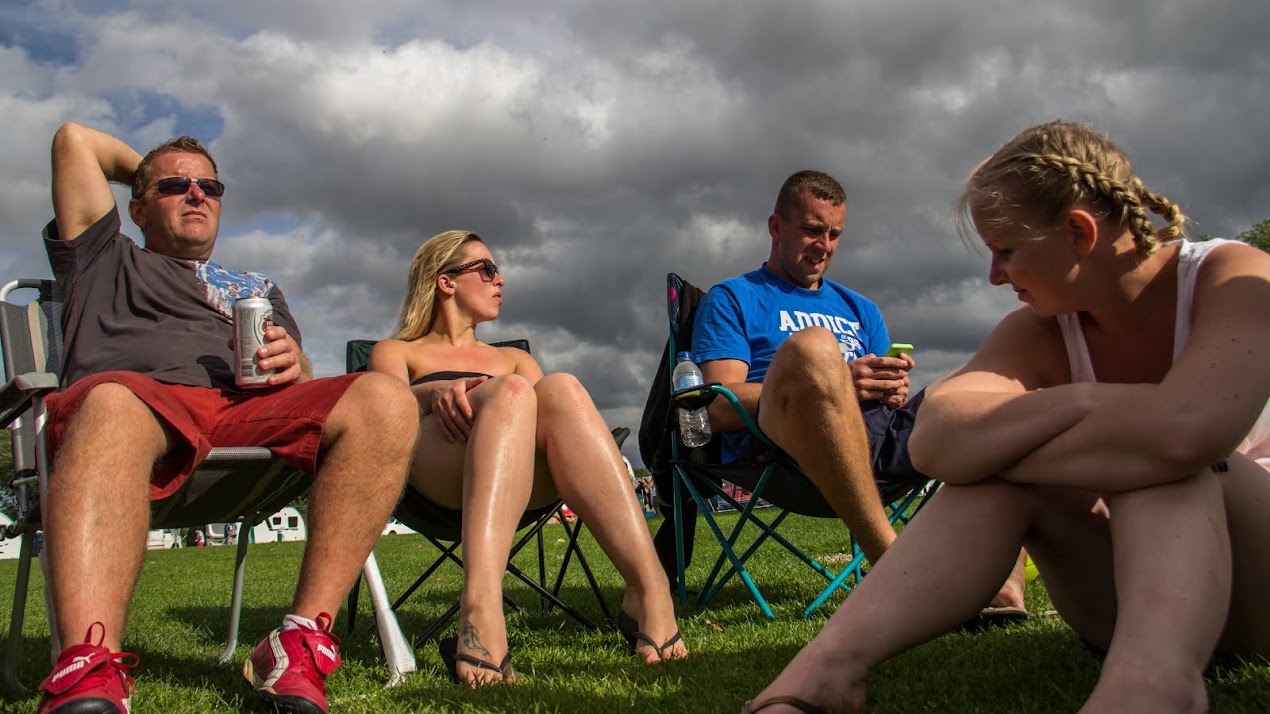Cousins
I took
the opportunity of a weekend’s babysitting to create my first assignment. My
own teenaged offspring love having their younger cousins to stay and relish in
the excuse they provide to relive their childhood. Climbing trees and making
dens are fast becoming a thing of the past so when it comes along, they grab it
with both hands.
Great fun
however comes with great responsibility; the other side of the story I have
chosen to show is the passage from child to adulthood, those moments when the
older children change from friend to carer. Such relationships change
intermittently and often with such subtlety, no one notices. As evening draws
in however, young ones tire and the caring role becomes more prominent.
A walk
in a nearby village provided the backdrop for our photo-shoot; I knew from past
experience that we’d find enough fun activities to show the brighter side of
having cousins to stay. I wasn’t sure how many ‘carer’ moments would occur
naturally so I prepared my models for a bit of acting. Despite moving around
very quickly and getting in each other’s shots, I was really impressed with
their willingness and ability to act out given situations.
On the
way home, the youngest cousin some great opportunities for real life caring
shots, as she grew too weary to carry on.
Although
street photography is more commonly used in an urban setting, I took some of
the learning from this genre for my assignment. I approached the task using
only one lens, my 50mm, 1.8 prime for several reasons; Henri Cartier-Bresson
believes that retaining a fixed focal length can help to develop an instinctive
knowledge of how a photograph will look, 50mm producing images almost as the
eye sees made this an obvious choice.
I chose
a black & white format for my images in order to focus on the facial
expressions and body language without the distraction of colour. I had chosen
to take the photographs during the evening golden hour to add some interesting
lighting. However, the change in light during the hour and movement between the
shade of the woods and the full light of the riverside let to a set, which
didn’t feel cohesive. Converting to black & white solved any colour issues
while improving the effects of motion blur gained due to the slowly diminishing
light. Working with a combination of young children and potentially moody
teenagers meant that I had to work quickly and capture moments with limited
time to think about settings and perspective. In some cases, I asked the
children to pause or repeat a motion, however these images did not make the
final cut. I felt that truly candid moments by far outweighed a technically
perfect image.
My first set shows the four playing freely, good friends together:
Fun times ahead
. Monkeys Room for two
Builders
. cosy home Hide and seek
...........................................................
The
second set shows a change in dynamics as teenagers care for their younger
cousins:
Guiding hand Leg up .
Debug
I'm done
Stones
Carthorse
My original idea for this assignment was to cover the issue of domestic violence. Using a couple of friends as models, I planned to portray a woman dressed up for a night out with friends, seemingly enjoying the evening. The flip side of the coin would show the woman before and after the night out, revealing the truth of what she faced at home and the effort taken to cover up this side of her life.
I was really pleased with the images I produced for the darker side of the story, however due to the following factors, I didn't have enough usable images for the night out:
I have learned from this assignment that preparation, communication and planning an appropriate time schedule are all vital elements in a planned photoshoot. I felt that this was an interesting idea and am disappointed that I didn't make it work. I will take what I have learned from this experience to improve my approach to future units.
I was really pleased with the images I produced for the darker side of the story, however due to the following factors, I didn't have enough usable images for the night out:
- This part of the story was very rushed as the extras could only spare a short amount of time before going out. This was unsuccessful as we didn't have time to settle into the shoot; many images ended up with the models facing each other directly rather than slightly towards camera.
- The outfit worn by the main character was too tarty; I felt that the two sides of the story would have worked better if the character had looked more respectable to the outsider. This was my fault as I didn't communicate properly what I wanted.
- I was trying to make a kitchen look like a nightclub using clever lighting but didn't pull it off. Many of my images were far too contrasty with essential parts of faces obscured by shadow.
I have learned from this assignment that preparation, communication and planning an appropriate time schedule are all vital elements in a planned photoshoot. I felt that this was an interesting idea and am disappointed that I didn't make it work. I will take what I have learned from this experience to improve my approach to future units.
References:
Reyes, J. (2013). Five Levels of Street Photography. Available: http://juanjosereyes.wordpress.com/2013/01/20/the-five-levels-of-street-photography/. Last accessed 30th October 2014.
Kim, E. (2011). 10 Things Henri Cartier Breton can teach you about Street Photography. Available: http://erickimphotography.com/blog/2011/08/22/10-things-henri-cartier-bresson-can-teach-you-about-street-photography/. Last accessed 30th October 2014.














